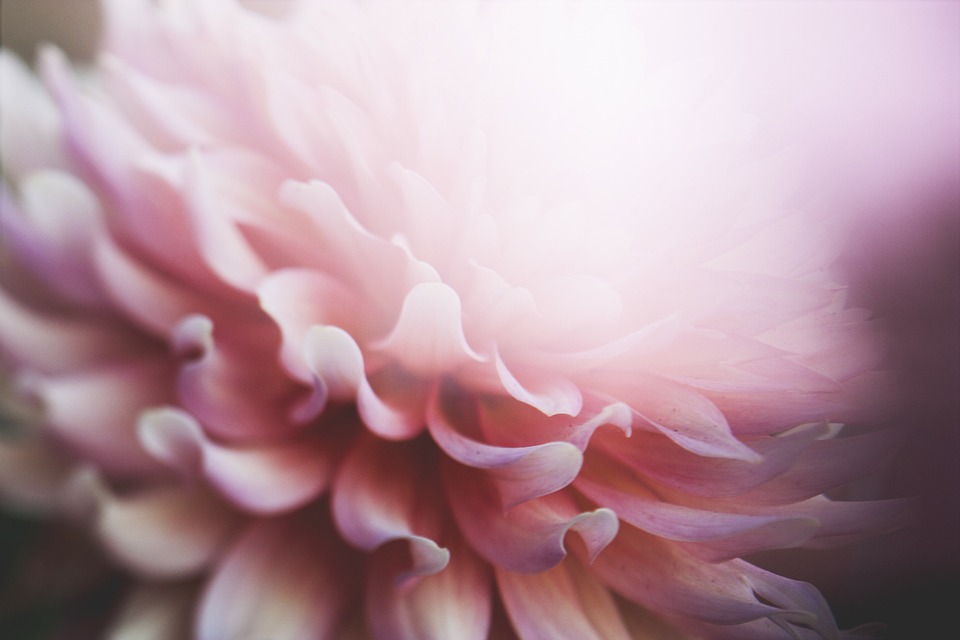Introduction:
Pollinators such as bees and butterflies play a vital role in our ecosystem by ensuring the transfer of pollen from one plant to another, thus facilitating the reproduction of various plant species.
However, habitat loss and the use of pesticides have significantly affected their populations.
Creating a pollinator paradise in your backyard not only supports these essential creatures but also adds beauty to your outdoor space.
By incorporating specific flowers known to attract bees and butterflies, you can easily create a haven for these fascinating creatures right at your doorstep.
The Importance of Pollinators:
Pollinators, including bees and butterflies, are crucial for the reproduction of flowering plants.
When these insects visit flowers in search of food, they inadvertently collect pollen on their bodies.
As they move from one flower to another, they transfer the pollen, allowing fertilization to occur.
This process is vital for the production of fruits, vegetables, and seeds, ensuring a diverse and sustainable ecosystem.
Identifying Bee and Butterfly-Friendly Flowers:
When selecting flowers to attract bees and butterflies, it is important to consider specific qualities that are particularly appealing to them.
Firstly, these insects are attracted to vibrant, colorful blooms that are rich in nectar and pollen.
Flowers that are flat and open, providing easy access to the nectar, are preferred by both bees and butterflies.
Additionally, planting a variety of flowers that bloom at different times throughout the year ensures a consistent food source for the pollinators.
Top Flowers for Bees:
1. Sunflowers – These cheerful flowers are not only visually appealing but also rich in pollen and nectar that bees love. Choose varieties with single or double-layered petals to accommodate different bee species.
2. Lavender – The aromatic purple blooms of lavender are irresistible to bees. Not only do they provide a bountiful food source, but they also emit a calming fragrance.
3. Bee Balm – As the name suggests, this flower is a bee favorite. Its vibrant red, pink, or purple blooms are high in nectar and attract both bees and hummingbirds.
4. Echinacea – Also known as coneflowers, these daisy-like flowers are not only beloved by bees but also considered a medicinal plant.
Top Flowers for Butterflies:
1. Butterfly bush – This shrub produces large clusters of colorful blossoms that attract a wide variety of butterflies. It is especially loved by monarch butterflies.
2. Milkweed – Essential for monarch butterfly populations, milkweed serves as a host plant, providing food for the caterpillars. Its vibrant flowers also attract adult butterflies.
3. Zinnia – With their bright and showy blooms, zinnias are a butterfly magnet. They come in a wide range of colors, adding a burst of color to any garden.
4. Lantana – This low-maintenance flower is a favorite of both butterflies and hummingbirds. It offers a continuous supply of nectar and comes in various shades of red, orange, and yellow.
FAQs Section:
Q: How can I create a suitable habitat for bees and butterflies?
A: Provide a variety of flowers that bloom at different times of the year, ensuring a continuous food source. Include host plants that caterpillars can feed on, such as milkweed for monarch butterflies. Avoid the use of pesticides, as they can harm pollinators.
Q: Can I attract bees and butterflies even if I only have a small garden?
A: Absolutely! Even a small garden, balcony, or window box can attract bees and butterflies. Choose compact varieties of flowers and herbs that are rich in nectar and pollen.
Q: Are there any other ways to support pollinators apart from planting flowers?
A: Yes, you can additionally provide a water source, such as a shallow dish with pebbles for insects to land on. Creating nesting habitats like a bee hotel with hollow stems or a butterfly house with sheltered spaces can also support these valuable creatures.
Q: How long does it take for bees and butterflies to discover newly planted flowers?
A: Bees are quick to discover new food sources, and butterflies will follow suit. However, it may take a few weeks before they become regular visitors. Be patient, and soon your garden will be buzzing and fluttering with life.




